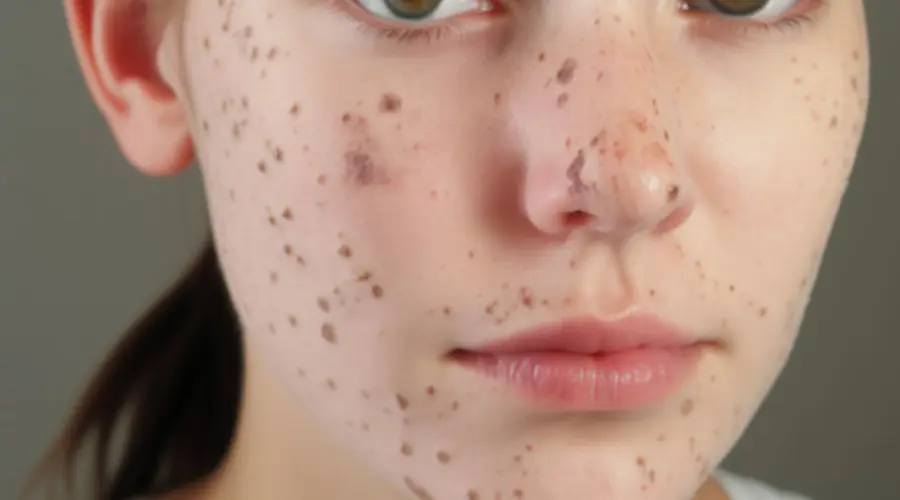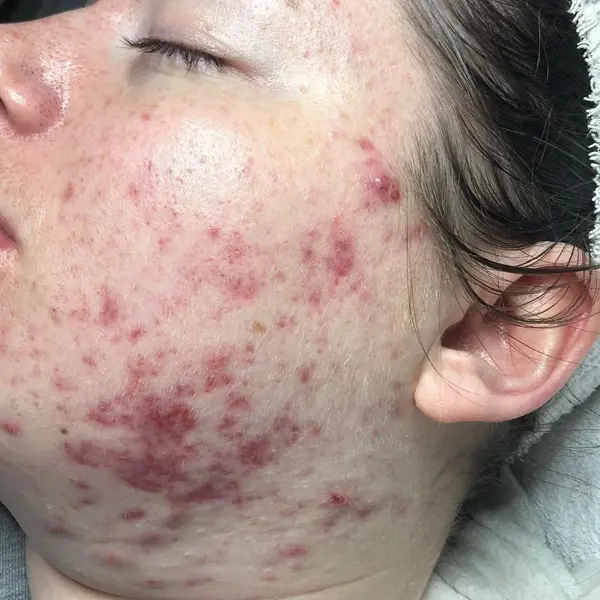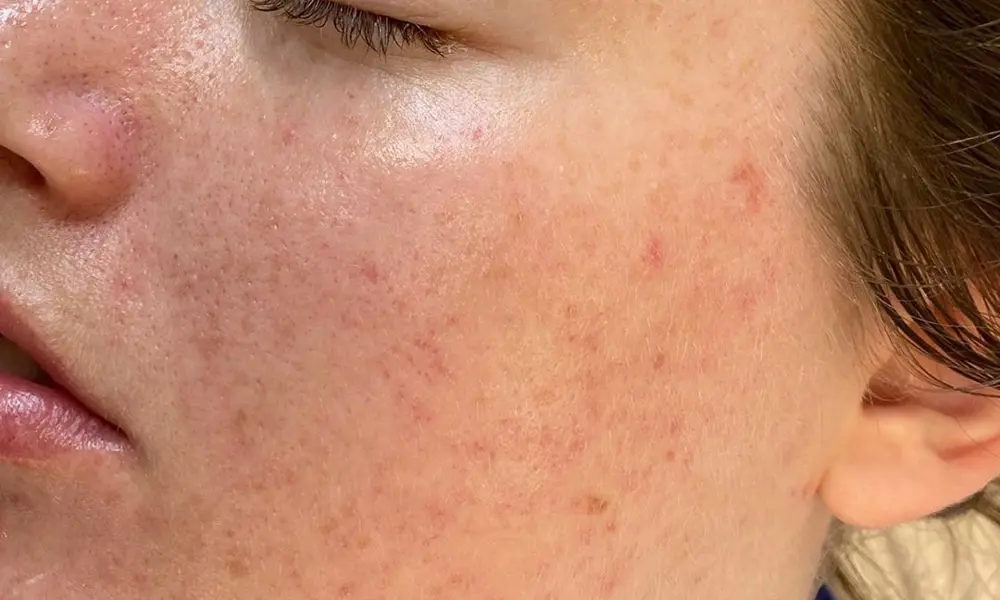Fri–Tue 9:30 – 18:00. Wed & Thu 9:30 – 20:00. Sun Closed.
Fri–Tue 9:30 – 18:00. Wed & Thu 9:30 – 20:00. Sun Closed.
Acne scarring is the result of the skin's healing process after acne lesions have damaged or destroyed the skin's tissues. Any type of spot can cause a scar if picked, but it is more common when the most severe types of acne with nodules and cysts burst and cause damage to the surrounding skin tissue. It is characterised by the appearance of indentations, pits, or raised scars on the skin's surface.
While acne presents itself very obviously on the surface of the skin, it is actually often what goes on beneath the skin that causes scarring. The scarring forms when the skin's natural healing process is disrupted by inflammation caused by acne lesions. The inflammation in pores and in the deeper layers of the skin causes trauma to the surrounding tissue and damages the collagen and elastin fibres, resulting in the formation of scars and skin pitting.
Addressing active acne as soon as possible will help to control the severity of it and, in turn, help limit the trauma to the surrounding skin tissue. People with acne are often tempted to pop, squeeze, and pick the area which, for many reasons, is unadvisable but mainly because it increases the risk of scarring. Effective strategies for preventing scarring include managing oil secretion and reducing inflammation. By adopting a holistic approach to acne treatment, individuals can reduce the likelihood of scarring and achieve clearer, healthier-looking skin.
The most common symptoms of acne scarring are:
-Indentations, boxcar scars, ice pick scars, and rolling scars that present in varying depths.
-Discolouration scarring. This is hyperpigmentation at the site of the trauma that results in the scar tissue becoming darker than the surrounding skin tissue.
Acne scarring will show as indentations and/or pitted lesions on the surface of the skin where the infection has been. Post-acne hyperpigmentation can also occur in the area, leaving the skin tone looking very uneven.
The main types of acne scars are atrophic scars (indented or depressed scars), hypertrophic scars (raised scars), and keloid scars (thick, raised scars that extend beyond the boundary of the original wound).
Preventing acne scarring requires early and effective intervention of acne lesions to reduce inflammation and minimise tissue damage. It is also important to avoid picking or squeezing acne lesions as this can worsen scarring.
While it is not always possible to completely eliminate acne scarring, many treatments can significantly reduce the appearance of scars and improve skin texture and tone.
At RSA, we understand how acne scarring can impact a client's confidence, and we really appreciate how this sensitive condition can have an impact, both physically and mentally. This why we carry out a detailed consultation and create a bespoke treatment plan on a case-by-case basis.



